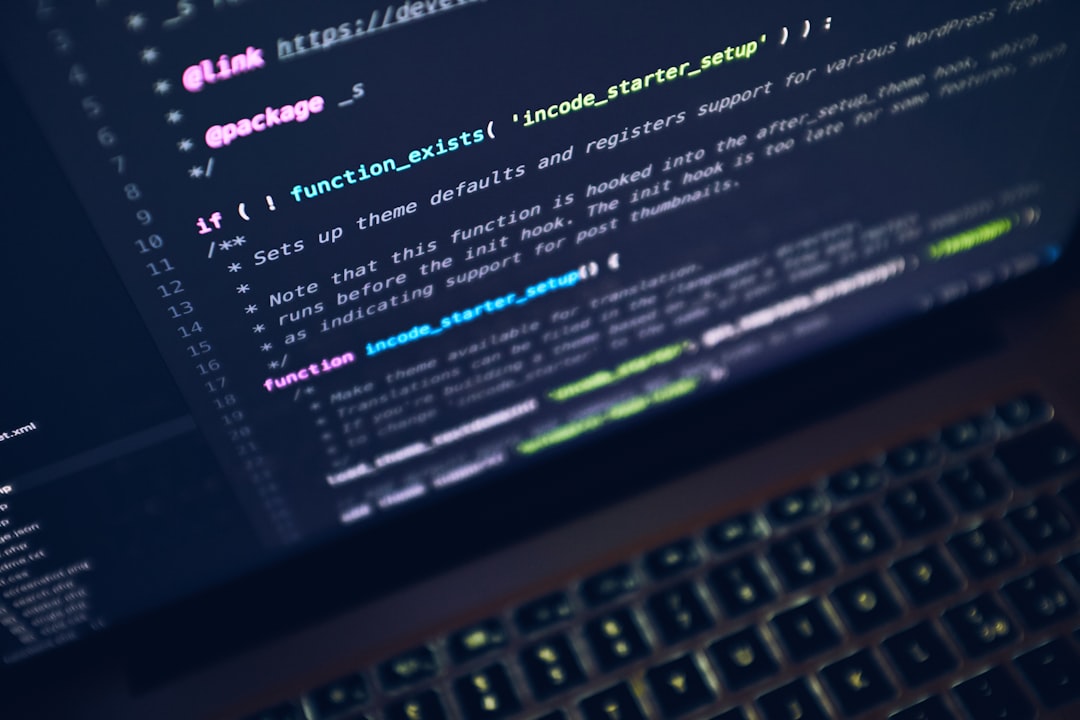
Drone Technology: Uncovering Hidden Layers Through Advanced Authentication Analysis
As drone technology continues to evolve, so does the need for advanced security measures, particularly in the realm of authentication. The intersection of drone technology and authentication analysis is revealing hidden layers of operational efficiency, security vulnerabilities, and innovative applications. This article delves into how advanced authentication methods are reshaping the landscape of drone operations.
Understanding Drone Technology
Drones, or Unmanned Aerial Vehicles (UAVs), have become indispensable tools across various sectors, including agriculture, logistics, emergency response, and surveillance. Their ability to gather data from hard-to-reach locations has revolutionized how businesses operate. However, as their usage expands, so does the necessity for robust security protocols.
The Role of Authentication in Drone Technology
Authentication refers to the process of verifying the identity of a user or device. In the context of drone technology, it is crucial for ensuring that only authorized personnel can control and access sensitive drone data. Weak authentication can lead to unauthorized access, which may compromise sensitive information or even result in drone hijacking.
Advanced Authentication Techniques
Emerging trends in authentication technologies are paving the way for safer drone operations. Here are some advanced methods currently being adopted:
-
Biometric Authentication: Using fingerprint, facial recognition, or iris scanning to ensure that only authorized users can operate the drone.
-
Blockchain Technology: Implementing decentralized ledger technology to secure data transmission between the drone and the control station, preventing tampering.
-
Multi-Factor Authentication (MFA): Requiring additional verification steps, such as one-time passwords or security tokens, before granting access to drone systems.
-
Geofencing: Establishing virtual boundaries that restrict drone operations to specific geographical areas, ensuring that drones do not operate in unauthorized zones.
Case Studies: Real-World Applications
Several organizations are already leveraging advanced authentication techniques to enhance drone security:
-
Amazon Prime Air: Amazon is utilizing biometric authentication to ensure that only authorized delivery personnel have access to drone controls, enhancing security during package deliveries.
-
DJI: The industry leader in drone manufacturing, DJI has integrated blockchain technology into its drone systems to ensure data integrity during flight operations.
Challenges in Authentication Analysis
While advanced authentication methods offer significant benefits, challenges remain. The evolving nature of cyber threats means that authentication systems must continuously adapt. Additionally, there is a risk of operational delays due to the added complexity of multi-factor authentication or biometric systems.
The Future of Drone Technology and Authentication
As drone technology advances, the integration of advanced authentication will become even more critical. The future may see the development of AI-driven authentication systems that can learn and adapt to user behavior, providing seamless yet secure access to drone operations.
Expert Opinions
According to Dr. Emily Chen, a leading researcher in drone security, “The implementation of advanced authentication methods is not just a trend; it is a necessity. As drone applications become more sophisticated, so too must our security protocols.”
Conclusion
The landscape of drone technology is rapidly changing, with advanced authentication analysis uncovering hidden layers of security and operational efficiency. By adopting innovative authentication methods, organizations can mitigate risks and enhance the overall safety of drone operations.
For those interested in exploring more about drone technology and security, consider reading the following resources:
- The Future of Drones: Security Challenges
- How Blockchain is Changing Drone Technology
- The Importance of Cybersecurity in Drone Operations
With the rapid advancements in drone technology and authentication analysis, it is essential to stay informed and proactive about security measures. Sharing this article with your network can help raise awareness about the importance of secure drone operations, and subscribing to updates in the field can keep you at the forefront of emerging trends.
Glossary of Terms
- UAV: Unmanned Aerial Vehicle, commonly known as drones.
- Biometric Authentication: Security process that relies on unique biological characteristics.
- Geofencing: A virtual perimeter for a real-world geographic area.
- MFA: Multi-Factor Authentication, an additional layer of security.
By understanding and implementing these advanced authentication techniques, stakeholders in drone operations can significantly enhance their security posture, ensuring a safer future for this transformative technology.


